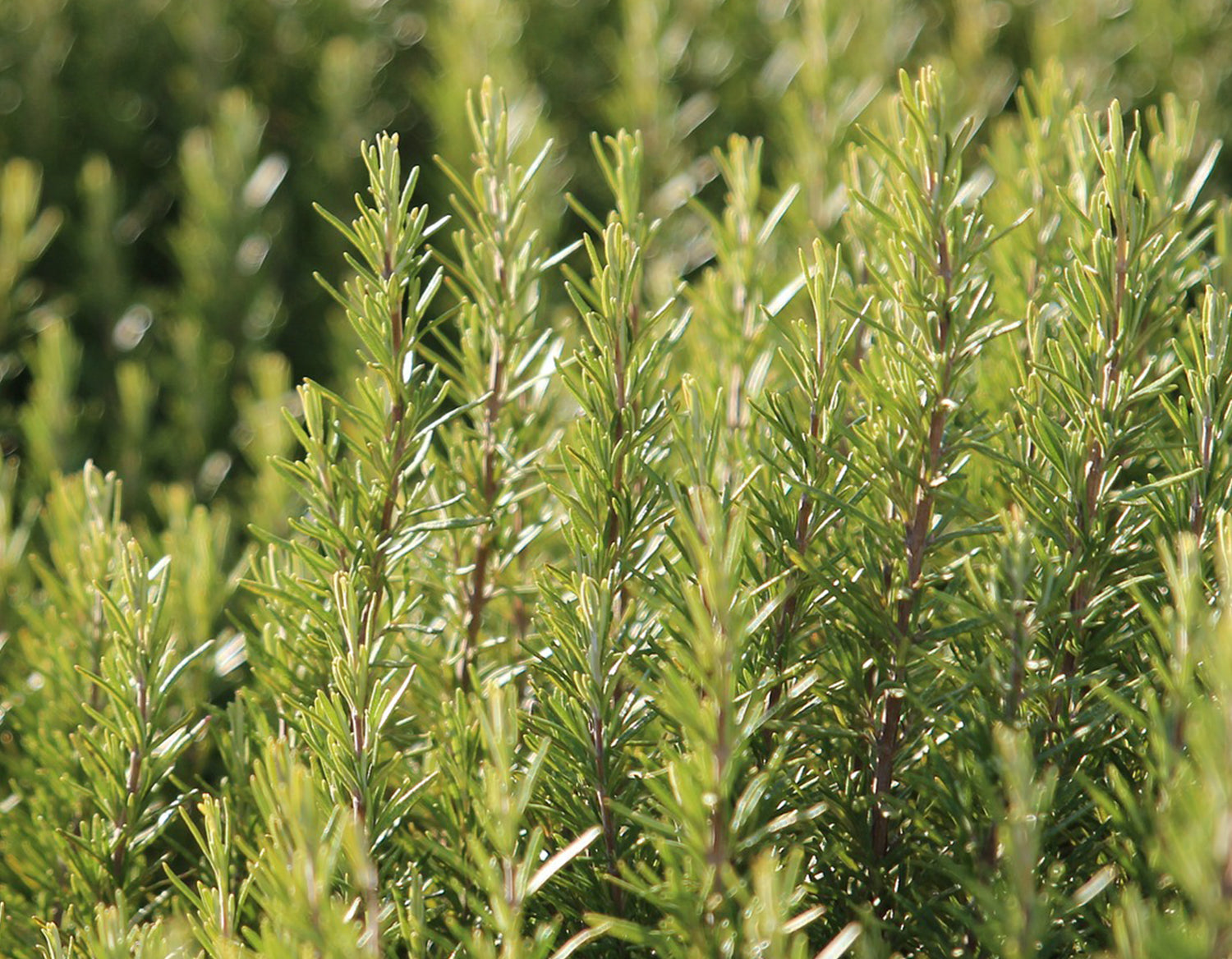If your garden is looking amazing this spring and summer, with beautiful blooms and buzzing bees, then maybe it's time to add in a herb garden with some plants that taste as great as they look! Herb gardens are a fantastic way to add fresh green plants to your yard, that also enhance your cooking and grilling for the season. They also attract friendly pollinators to your yard and can be extremely helpful in keeping away pests. Here are some of our best tips and ideas for how to add herbs to your garden.



A Space of their Own
When you plant your herb garden, be sure to allow room for them to grow. Many herbs get quite bushy and like to spread out. Depending on the plants, you may need between 1-4' for each one. The largest herbs are mints, rosemary, sage, marjoram and oregano, which need about 3-4' each. Basils, tarragon, and thyme will each require about 2'. Smaller herbs include cilantro, chives, parsley and dill, so you can squeeze them in between other plants as long as they have about 1' of space to grow.

If Herbs Could Talk...
If your herbs could talk to you, they would probably tell you to keep the water coming all summer long. Herbs need consistent watering, and often require more water than other plants. (This is especially true for mint!) Water them in the morning or in the evening before 5pm, whenever the top of the soil feels dry to the touch.
However, even though they love water they still need drainage so that their roots aren't sitting in soggy soil. Raised garden beds are ideal, as well as using soil that has proper drainage and doesn't contain too much clay. If your herbs are in pots, then make sure to use pots with drainage holes in the bottom to keep your plants happy.
Keep Those Haircuts Coming
Just like a regular salon appointment, your herbs love to get a trim regularly. In fact, harvesting your herbs encourages them to grow faster and fuller. You can prune up to 1/3 of most herbs, in one session, and they will grow back quite quickly. For a single meal you'll probably need a lot less than that however.
When harvesting your herbs, don't go for the biggest leaves! Those leaves are actually helping your plant stay healthy by collecting sunlight. Instead, go for the smaller, new growth near the top of your plant. It will also taste a lot fresher and have a stronger effect on your taste buds.
Don't Get Fooled by the Flowers
When it comes to herbs, you don't want flowers. If you are continuously cutting back and harvesting your herbs, then they shouldn't flower. (Cut off any flower buds that appear, to discourage them.) However, if your herbs do flower, then the taste of the plant changes. Basil, for example, will become bitter if it's allowed to flower. You don't want your herbs using all their energy to produce showy flowers and not delicious leaves. Save the flowering for fall, when the plants are ready to re-seed themselves.

Keep it Organic in the Herb Garden
Since herbs are an edible plant, you don't want to be spraying them or planting them in any product that you wouldn't want to eat. This means keep the fertilizers, composts and insecticides to organic varieties. Go natural!
Light Up Those Herbs!
Herbs have a lot of work to do, and sunshine is one of the fuels that powers them. In order to have happy and healthy herbs, they need adequate sunlight throughout the day! Most herbs prefer full sun for between 4-8 hours. There are a few exceptions, so definitely take a look at the herb's plant info card when you first plant your new addition. Many of the woody herbs (thyme, rosemary, sage) come from hot, dry countries and need a similar environment to stay happy.



A Few More Pointers
Here are our top quick tips for a successful herb garden for your to take note of!
- Mint and oregano are fast growing and invasive herb, so make sure to use a pot when planting these, or give them their own garden all by themselves.
- Basil is picky about its drainage, so using well draining pots or a raised garden bed is the best idea.
- Mint needs more water than most other herbs and plants, for its lush leaves and delicious taste!
- Be sure to trim your thyme plants, as they can get leggy very quickly. They love to be pruned.
- Your rosemary plants can be brought inside during the winter months to help them grow and survive until its spring again! Bonus, you get delicious rosemary for your kitchen all winter long.
I Can Taste it Already!
Yum! Delicious fresh herbs picked straight from the garden are a summer treat to remember! Plant up a garden or container of herbs right next to your deck or patio where you barbecue for convenient additions to your grilling. We've put together a DIY video on how to create an easy container garden herb collection below:
If you're interested in the benefits of herbs when they are planted near your vegetables and other garden favourites, take a look at our Companion Planting with Herbs blog post here.
Not sure which herb to use in your favourite recipe? We've got you covered! See our favourite pairings in this blog post all about grilling with herbs.
Have a fun, beautiful and tasty summer in the garden everyone!

